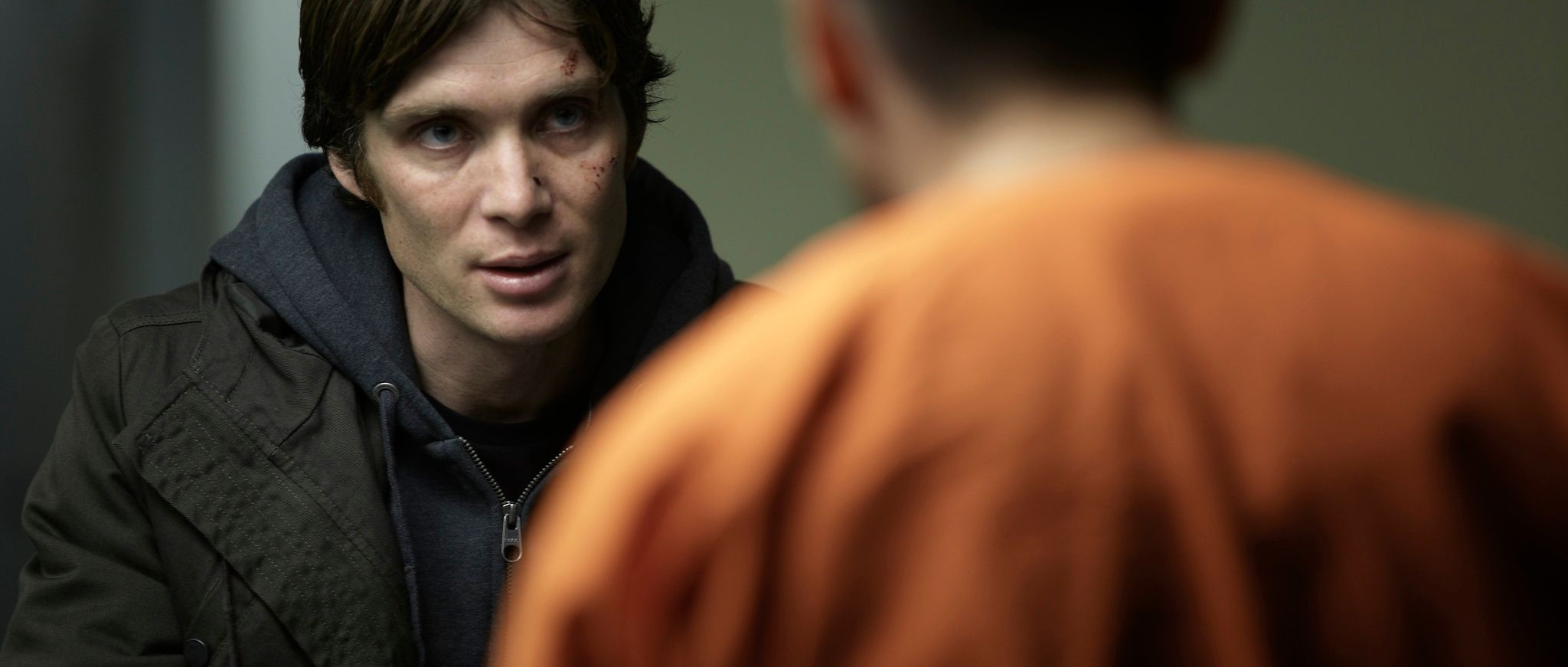This review contains spoilers.
While it’s probably true that a movie can recover from a weak beginning, a shaky ending proves a more formidable challenge. Such is the case with director Rodrigo Cortes’ Red Lights, about a pair of university scientists out to debunk psychic and paranormal phenomena who find themselves up against an iconic guru who may or may not be the real McCoy. It’s a film with two distinct halves, tonally and narratively disparate—the first an absorbing character study, and the second a detached piece of paranoia. Between them is a jarring plot twist from which the film never recovers.
Cortes did a year and a half of research to inform his screenplay, which sits at the intersection of skepticism and belief, and then impeccably cast a commanding Sigourney Weaver as Dr. Margaret Matheson, a professor who, when not at the lectern, does field work with her colleague, Dr. Tom Buckley (Cillian Murphy, solid as always), to disprove hauntings, psychic actvity and séances. In the film’s best scene, she confides to her young protégé details about her only son’s death, and how the tragic event has informed her life’s work. But then the crazy starts.
The intrepid rationalists meet their match in a flamboyant, Uri Geller-esque psychic named Simon Silver (Robert De Niro, providing both ham and cheese), with whom Matheson may have a mysterious history and whom she also publicly derides, warning Buckley not to get too close. When Silver comes out of a long retirement in an effort to prove his legitimacy, bending spoons and all, played by DeNiro on the very far side of broad, Matheson starts experiencing unexplainable events which lead to her shocking death. Was it caused by Silver? Did her heart give out? No matter, and right there the wind goes out of this picture along with Weaver’s patented gravitas, great as she too-briefly is.
This leaves Buckley on his own with the aid of a smart intern (Elizabeth Olsen), and Silver begins looking like he may not be a fraud after all. The film falls apart when the young doctor imagines he is being pursued as a pawn in a vast conspiracy, and Cortes uses all manner of directorial tricks to illustrate that the once resolute-minded doc is coming unglued—and this stuff is, frankly, not compelling nor up to the substance of the film’s first half.
It all leads to a climactic showdown where the university stages a live audience event to test Silver’s purported gifts, at which Buckley and Silver go mano-a-mano while delivering mumbo jumbo dialogue amidst wildly exploding lights. The icing on this cake is a whopper of an ending that forces reexamination of the entire picture. I know the talented and astute Cortes intended this twist to be organic to his characters (whom he clearly cares for and wrote with integrity) and force self-reflection; but it plays like a rug-pulling stunt. Incidentally, the “red lights” of the film’s title refer to covert, twinkling signals from the control room prompting cues to the frauds onstage. I believe I saw some coming from the rear of the theater during this screening. Or perhaps those were just the exit signs.
In 2010, Spain’s Cortes gave us the gripping claustrophobic containment suspenser Buried, starring Ryan Reynolds as an American contractor in Iraq who wakes up to find himself imprisoned six feet under. The object of a festival circuit bidding war that ultimately failed to generate much box office, Buried was an experiment extraordinaire in minimalism, incrementally ratcheting up tension. In a textbook example of the sophomore slump, Red Lights is certainly more thematically ambitious and technically expansive, but also far less effective. At once intimate and overblown, dramatic and melodramatic, engaging and distanced, the picture gives us three great actors playing interesting characters who intrigue until they are ultimately left at the mercy of The Plot, twisting and turning its way to a Big Surprise Ending. Red Lights a letdown, but one not without merit. Cortes has other good films in him, to be sure—but Red Lights isn’t one of them.
2 stars.



